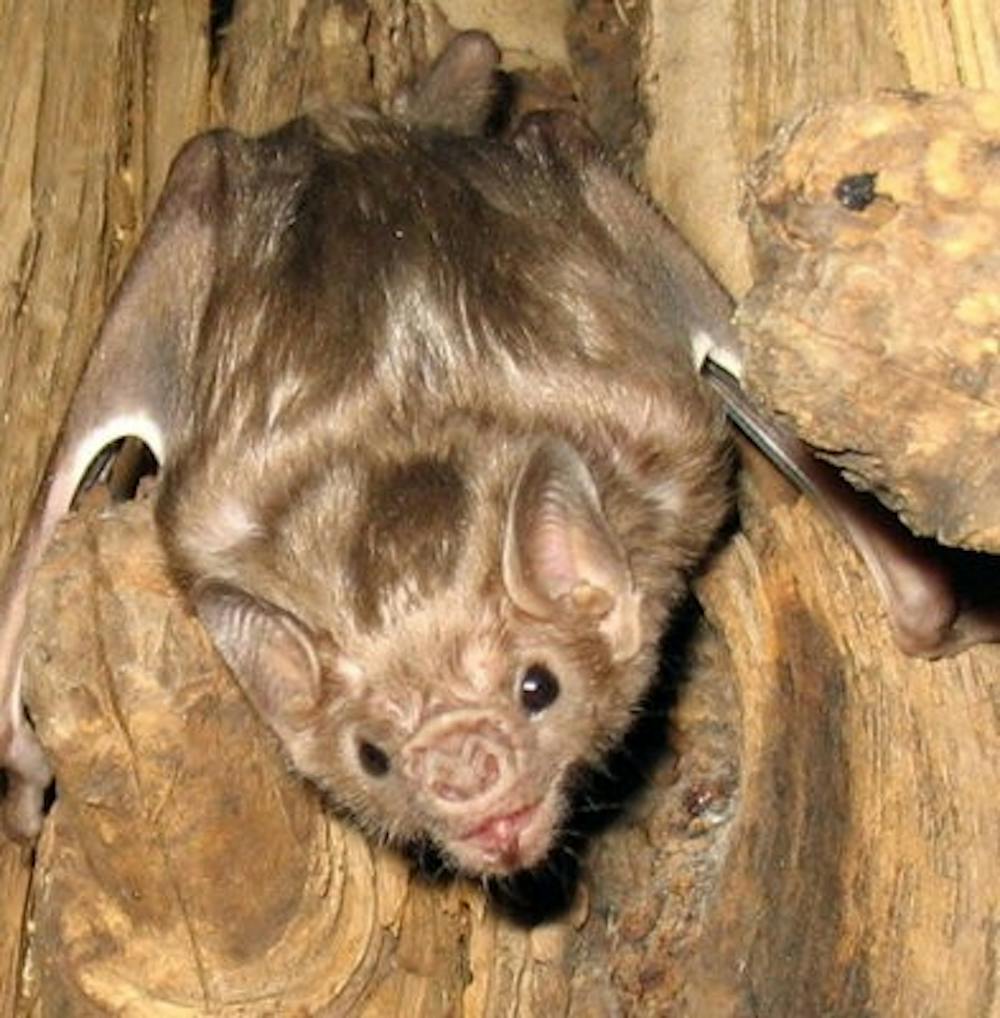In Section 99 of the east upper deck of Jordan-Hare Stadium, there is a new inhabitant: bats. The bats are most active at night and can be seen leaving their nest each day at sunset. It is typical for the bats to return back to their nests between 4-5 a.m.
"I first heard the bats one night while I was walking back to my dorm," said Hannah Vanderheiden, freshman in sciences and math. "I only noticed them because the noise they made sounded like the squeaks of a million Camelbak water bottles going off at the same time."
Once she heard them, Vanderheiden said she saw the bats emerge gradually from under Section 99 in multiple small groups, not one mass.
The bats are said to be living within the crevices of cement underneath Section 99. Proof of the bats existence can be seen through the dark stain of their droppings on the cement directly under the stadium seats.
Several Facilities Management directors could not reached for comment.
The bats' existence has yet to cause problems with fans during home football games and is not causing any problems for the student body so far.
Bats are known to carry diseases common to rodents. The two main diseases associated with bats are histoplasmosis, a disease from bat feces that infects the lungs; and rabies, a disease that infects the immune and nervous system in humans. Nevertheless, the manifestation of either of these two diseases within bat populations are rare.
"The main concern with bats is rabies," said James Wright, professor in pathobiology in the College of Veterinary Medicine. "Even though there are a very small number (rabies infected bats), if one got away after it has bitten someone, that person would have to undergo months of rabies post-exposure injections."
Wright suggested the population of bats should be removed as soon as possible because of the threat of disease, but not by extermination methods because certain species of bats are protected in this area.
"We need to exclude them from that area to keep them from roosting, and this can be done by keeping the area uncomfortable for the them," Wright said.
According to the Center for Disease Control and Prevention, even though bats can carry diseases they can peacefully co-exist with humans because of the benefits they provide to human populations.
Some of these benefits include eating pests that cost farmers billions of dollars annually, as well as seed dispersal and pollination activities vital to forest survival and revival.
The bats may not be around for much longer, however. Bats local to this region either migrate to warmer climates or go into hibernation during the cold seasons, according to The Alabama Cooperative Extension System website. The bats may begin to disappear around the beginning of December, staying away or in hibernation until mid-March next spring.
Do you like this story? The Plainsman doesn't accept money from tuition or student fees, and we don't charge a subscription fee. But you can donate to support The Plainsman.





